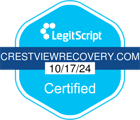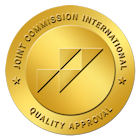We understand that embarking on the path to overcoming addiction can be challenging and filled with uncertainty and fear. But with us, you are never alone. Our compassionate team of professionals is dedicated to providing individualized options that cater specifically to your unique needs.
We are a community committed to supporting you through every step of your journey towards long-term sobriety. With our sober living options, you will find a nurturing environment that fosters hope, resilience, and personal growth. Trust in our expertise and commitment to exceptional substance abuse treatment in Portland as we guide you toward a healthier, substance-free future.

Healing Begins Here
WHAT IS SOBER LIVING?
In a sober living program, people learn how to live normal, sober lives. These houses don’t permit any substances that have the potential for abuse. For example, no alcohol, drugs or cigarettes can enter a sober house. If someone relapses, they usually have to leave the sober living program.
There are several types of sober living options, but most of them have similar rules and structures. In general, sober living programs:
- Provide a safe and structured environment for people in recovery
- Have rules that prohibit drugs, alcohol and cigarettes
- Require residents to participate in household chores
- Encourage residents to find a job or go to school
- Require residents to attend therapy and support group meetings
- Help residents transition back into society
The goal of a sober living program is to help individuals become more responsible and accountable. They also help people learn how to live a healthy and drug-free lifestyle.
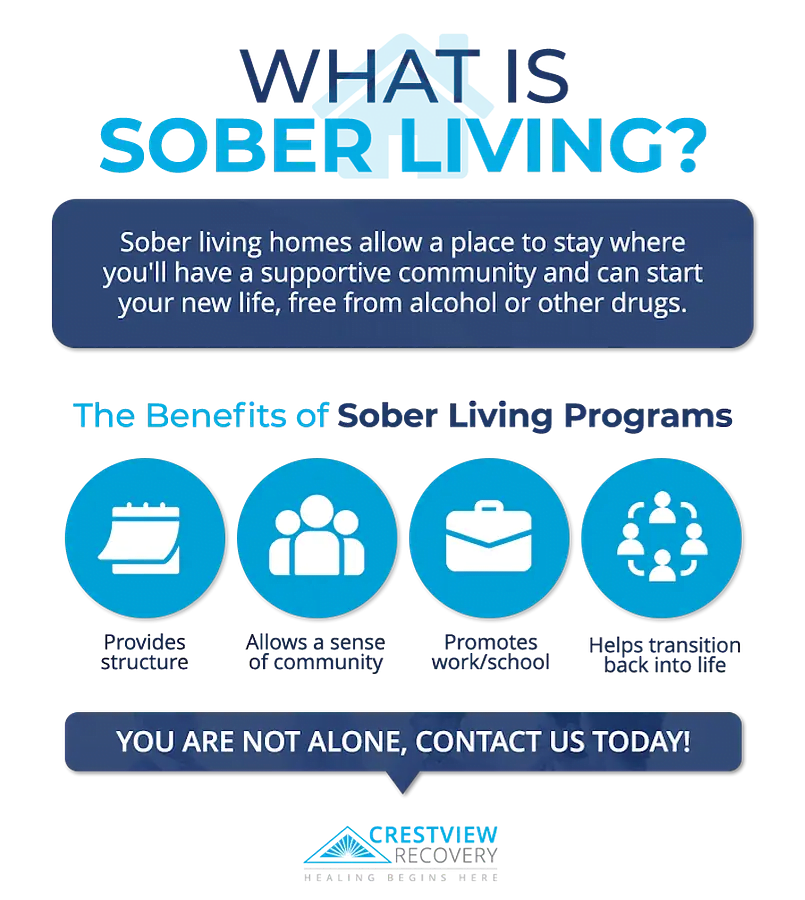

What are the Benefits of Sober Living in Portland?
One of the primary benefits is that it provides an environment that helps people focus completely on recovery. Being surrounded by like-minded individuals who are also on the path to sobriety can be extremely beneficial.
The Sober Living Program in Portland offers the freedom and community needed for sobriety, helping individuals to become self-sufficient.
Sober living homes in Portland improve the chances of staying sober by providing additional structure and support during one’s recovery journey.
The programs offered are individualized to each person to address every unique issue surrounding their addiction, providing the best chance at long-term recovery.
Many sober homes in Oregon provide access to onsite therapy and support services like relapse prevention programs and 12-step meetings.
In addition to providing a structured living environment, these facilities also promote and strengthen the resident’s social network, which is crucial for maintaining sobriety.
Sober living helps rehab graduates continue to practice and develop the coping tools and skills they need for long-term sobriety.
Most of the time, a sober living program uses the 12-step rehab model as a guideline. The 12-step program is an evidence-based model that helps people not only overcome addiction but also rebuild relationships.
Sober houses typically have periodic drug testing and still require attendance at rehab meetings. People who break the rules must leave the sober house so that they don’t trigger relapse in others.
How Long Do People Need to Stay in Sober Living?
Every person’s recovery journey is unique. Some people may need more time to develop and practice the skills needed to maintain sobriety in the face of temptation and stress.
Individuals with a more severe or long-term addiction may require a longer stay in Portland Sober Living. This allows them to fully detoxify, understand their substance use disorder, and learn coping mechanisms.
If an individual has a co-occurring mental health disorder (also known as dual diagnosis), they might need a longer stay. Managing both substance abuse and mental health can take time, requiring a more extended period in a supportive environment.
The support system an individual has outside of the facility can also impact the length of stay. Those with a strong, stable, and sober network of friends and family might transition back to regular life faster than those without such a network.
If a person’s previous living situation contributed to their addiction or if they don’t have a safe place to return to, they may stay in recovery housing for longer.
Financial capacity can also affect the length of stay. While many sober living homes strive to be affordable, staying for a prolonged period can be financially taxing.
Sometimes, court orders or legal obligations can dictate how long a person must stay in a sober living environment.
It’s crucial to note that overcoming substance use disorder takes time, and there’s no set timeline that guarantees success. The focus should be on the quality of recovery, not the speed. Always consult with treatment professionals to determine the best course of action
A sober living program helps people learn how to re-enter society. While drug rehab helps them control their cravings and spot triggers, sober living teaches life skills. These programs typically teach people about paying bills, doing chores and going shopping. While these skills seem ordinary to some people, they’re crucial for people who are just getting over drug abuse.
Sober living also teaches people about the fun of non-drug activities and events. Many people find new hobbies to get into while they live in sober houses. These new hobbies help them stay drug-free when they return to life at home.
Sober living homes and halfway houses both serve as transitional environments for people recovering from substance abuse, but they have several key differences. Halfway houses are often government or state-owned facilities, while sober living homes are typically privately owned or run by treatment facilities. The residents in these two types of residences usually come from different backgrounds: those in halfway houses might have just been released from jail or prison, while those in sober living homes generally come directly from inpatient rehab centers.
In terms of structure, halfway houses tend to be more structured with stricter rules, whereas sober living homes offer more freedom to their residents. This flexibility allows individuals in sober living homes to engage in daily activities like work or school. The duration of stay also varies between the two. While stays at halfway houses are often time-limited, residents at sober living homes can typically stay as long as they need, provided they adhere to house rules and maintain their sobriety.
Both types of facilities offer support services, but the range and nature of these services can differ. Some sober living homes may provide more comprehensive services such as group therapy and 12-step meetings. Ultimately, the choice between a sober living home and a halfway house should depend on an individual’s specific needs and circumstances, and it’s always best to consult with professionals when making this decision.
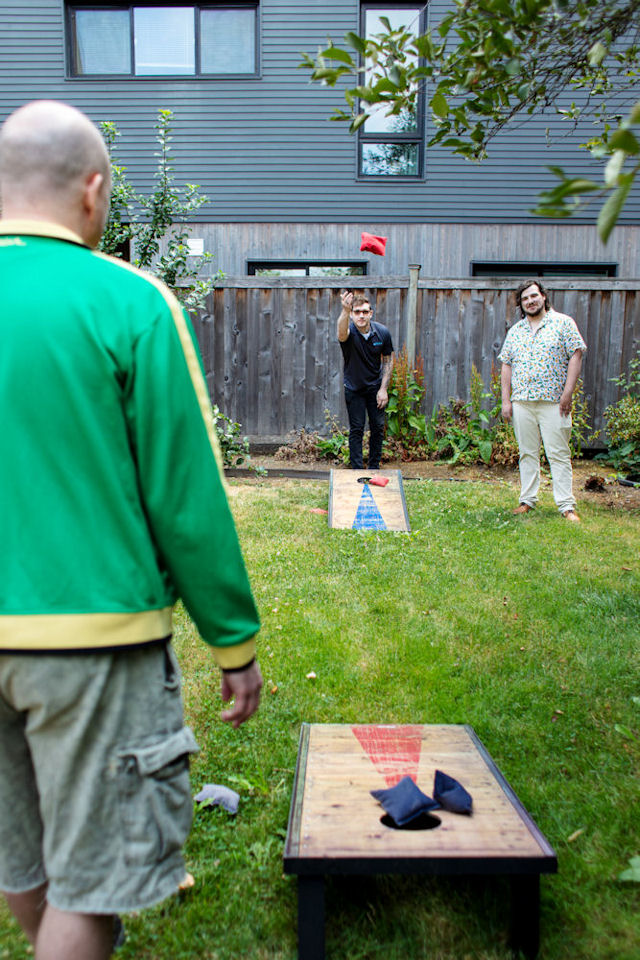
CRESTVIEW RECOVERY OFFERS SOBER LIVING IN PORTLAND, OREGON
One thing that sets us apart from other drug and alcohol rehab facilities in the area is the large number of programs that we offer. At Crestview Recovery, we create custom treatment plans that address the individual needs of our clients. Some programs that we offer include:
- Outpatient rehab
- Extended care
- Aftercare
- Individual and group counseling
Of course, we offer more than just treatment programs. We also have a long list of activities for our guests. Some of these include snowboarding, skiing, and whitewater rafting.
Don’t waste another day of your life trying to overcome drug abuse alone. Learn what it takes to overcome addiction at Crestview Recovery. Call us to learn more about sober living and successful recoveries.


















